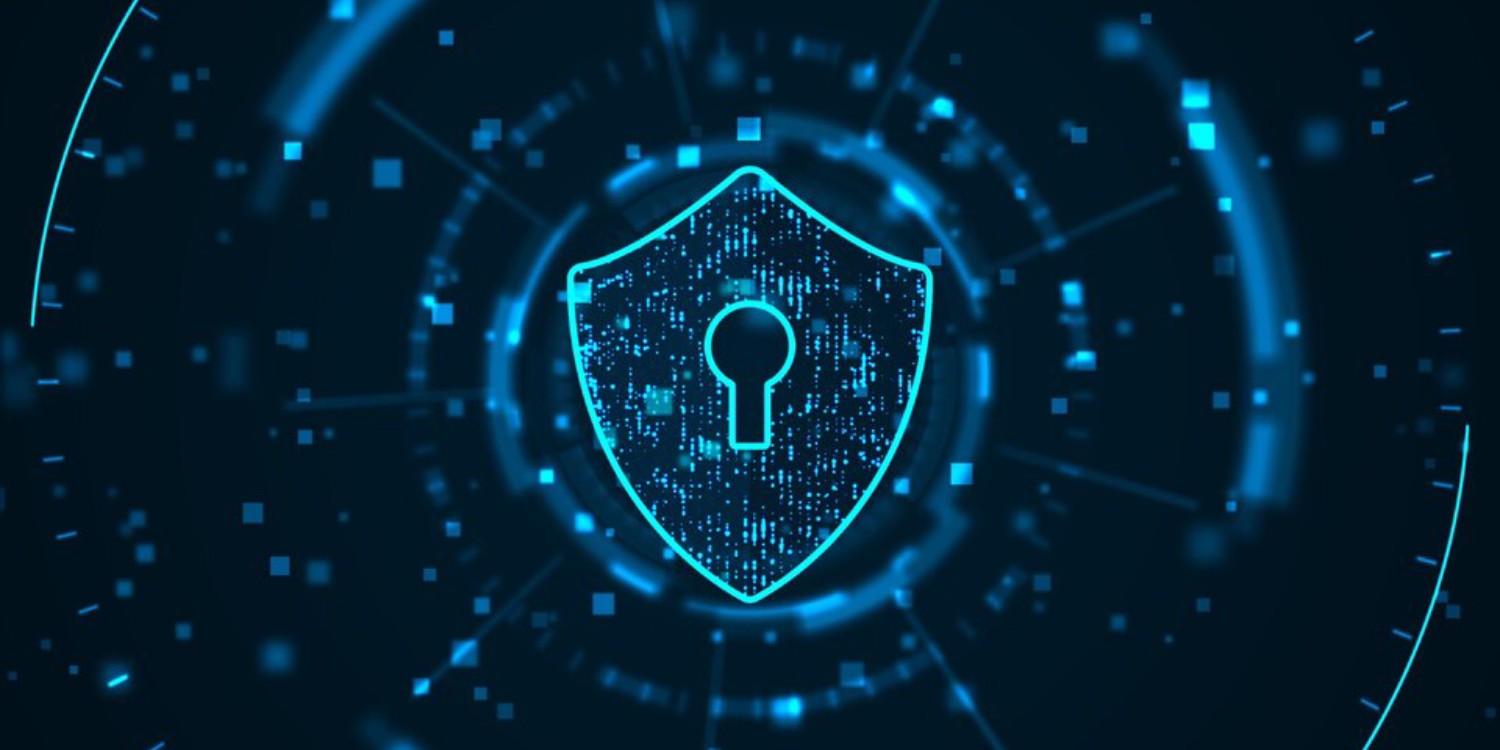Cybersecurity Best Practices: Safeguarding Your Digital Assets
In today's technologically advanced world, the protection of digital assets has become a critical concern for businesses of all sizes, including IT companies. Cybersecurity breaches can result in significant financial losses, reputational damage, and legal liabilities. This comprehensive guide aims to equip your IT company with essential cybersecurity best practices to safeguard your valuable digital assets and protect against evolving threats.
- Create a Robust Cybersecurity Policy: Develop a clear and comprehensive cybersecurity policy that outlines the roles, responsibilities, and expectations of every employee regarding information security. This policy should cover data handling, password management, access controls, and acceptable use of company resources.
- Conduct Regular Employee Training: Invest in ongoing cybersecurity training for all employees to raise awareness about the latest threats and security best practices. Educate them on the dangers of phishing, social engineering, and other common attack vectors to minimize the risk of human errors.
- Implement Strong Access Controls: Enforce the principle of least privilege, granting employees access only to the resources required for their roles. Utilize multi-factor authentication (MFA) to add an extra layer of protection for sensitive data and critical systems.
- Keep Software and Systems Updated: Regularly update all software, operating systems, and applications to patch known vulnerabilities. Cybercriminals often exploit outdated software to gain unauthorized access to your systems.
- Secure Network Infrastructure: Implement robust firewalls, intrusion detection systems (IDS), and intrusion prevention systems (IPS) to safeguard your network from unauthorized access and malicious activities. Regularly monitor network traffic to detect any suspicious behavior.
- Encrypt Sensitive Data: Encrypt sensitive data both in transit and at rest to protect it from unauthorized access. Utilize strong encryption algorithms and secure key management practices to ensure the confidentiality and integrity of your data.
- Backup and Disaster Recovery: Establish a reliable backup strategy to regularly back up critical data. Test your disaster recovery plan to ensure that you can quickly restore operations in case of a security incident or data breach.
- Monitor and Respond to Threats: Implement a Security Operations Center (SOC) or use a managed security service provider (MSSP) to monitor your IT infrastructure for potential threats around the clock. Develop an incident response plan to swiftly respond to any security incidents.
- Secure Mobile Devices: Implement security measures for mobile devices used within the company, such as mobile device management (MDM) solutions, to ensure proper configuration, encryption, and remote wiping capabilities.
- Regular Security Audits: Conduct periodic security audits and vulnerability assessments to identify potential weaknesses in your systems and infrastructure. Address any identified issues promptly.
Conclusion
Safeguarding your digital assets is an ongoing process that requires vigilance, education, and proactive measures. By following these cybersecurity best practices, your IT company can significantly reduce the risk of cyber-attacks and protect its valuable information and reputation. Remember, staying ahead of evolving threats is key to maintaining a secure digital environment.
